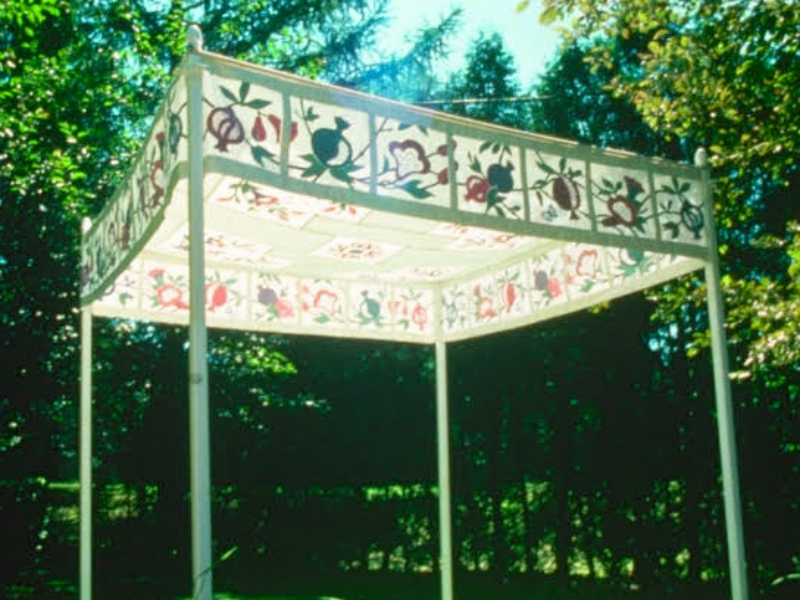This week’s parashah discusses the calendar as it pertains to land.
When the Israelites entered the land, they had to impose the order of Shabbat agriculturally. In other words, for six years land is harvested, but during the Shabbat year it must grow wild.
Likewise, for “seven weeks of years” – i.e., 49 years – land ownership continues in a recognizable economy. However, in the 50th year, everything reverts back to its former state. Any land transactions become null in the 50th year, which is designated for holiness.
In our technological world, this parashah seems archaic. Yet, beyond the land and its crops is a timeless Jewish model.
The concept of Shabbat and holiness is explained within Creation. God created a cycle of seven days, the last standing in opposition to the rest. For six days we engage in the mundane, and on the seventh we enter the holy. For six days we live in what is, and on the seventh we glimpse what could be.
Through discussing the land, we learn to overlay this vision onto the concrete. We learn that we make the ground holy by how we treat it. Once we understand holiness from the Torah, as it pertains to time and space, by extension, we learn a model.
Through this model, we extend holiness wherever we choose. In Judaism, we make something holy by separating it from all other identical things, creating a relationship with it and allowing that relationship and our spirituality to elevate us both. When we hold the wine for Kiddush, when we draw circles with our hands to draw the Shabbat candle flames toward us, when we create a relationship with another person under the huppah, these are all moments of transformation and holiness.
It is one of the most powerful things we can do. It changes the world and builds bridges above the mundane. It invites God to stand with us whenever we choose. It is hardly an archaic and irrelevant parashah.
